However , the region's agricultural exports still face significant challenges as markets increasingly tighten standards, requiring the drastic participation of the entire system.
Vietnam is currently one of the world's top 15 agricultural exporters, leading the world in Robusta coffee, pepper and cashew exports, ranking top 3 in rice and top 5 in seafood. In particular, the South Central Coast and Central Highlands regions have made great contributions to the country's agricultural , tourism and industrial development, being an important link in the global supply chain thanks to its geographical advantages and large-scale production.
In particular, in 2025, exports recorded remarkable growth, becoming a bright spot of the economy . Specifically, coffee export turnover reached a record number of nearly 7 billion USD, mainly due to growth in value (up 61.4% over the same period last year) and is forecast to reach 8 billion USD for the whole year. Other key products such as pepper and cashew nuts also had impressive growth. Durian in the region alone accounts for over 30% of the country's area, contributing significantly to bringing the national fruit and vegetable export turnover to about 6.5 billion USD.
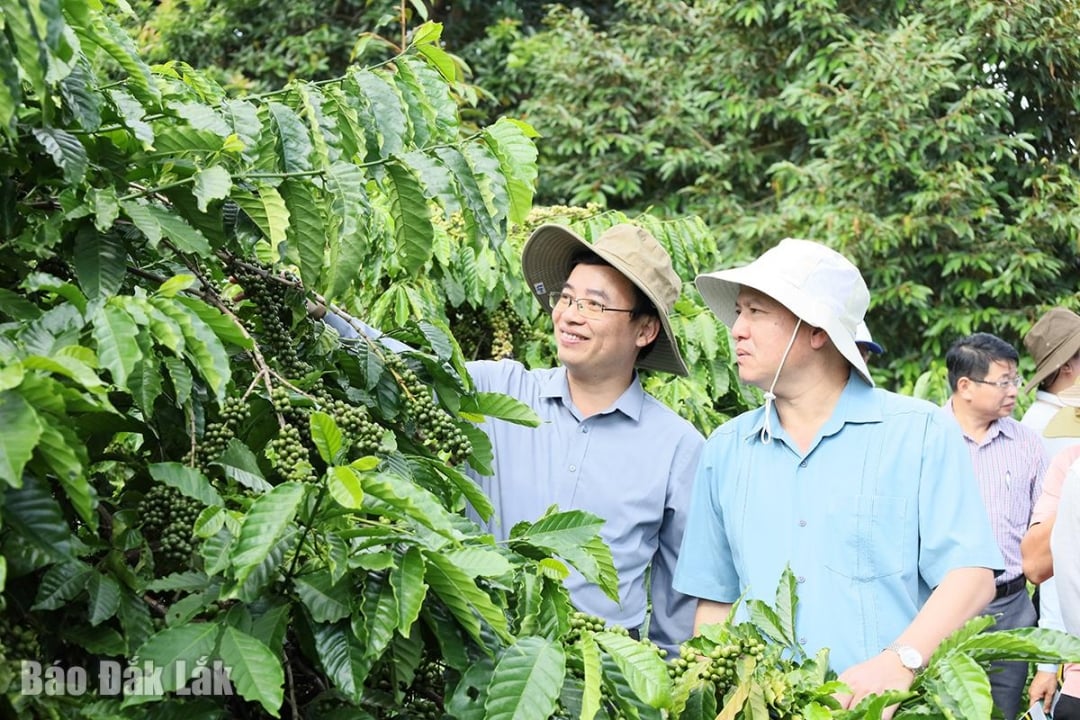 |
| Landscape coffee garden of Cu Sue 2-9 Sustainable Agriculture Cooperative (Quang Phu commune). |
However, along with these achievements, the agricultural sector is also facing major challenges from new market regulations. In particular, the European Union (EU) has introduced a technical barrier called the “EUDR (European Union Directive on the Prevention of Imports of Commodities Causing Deforestation and Forest Degradation) Act”, requiring products imported into the EU market, including coffee and rubber - two key commodities of the region, to have proof of origin, ensuring that they are not grown on land originating from deforestation after 2020.
Ms. Phan Thi Van, representative of the Sustainable Trade Initiative (IDH), said: “We should not let the EUDR in the coffee and rubber industries become a second “IUU yellow card” like the seafood industry has had to face for nearly 10 years and has not yet been able to remove it.” This shows that if the South Central Coast and Central Highlands do not proactively adapt, the risk of losing an important export market is real.
Along with external challenges, internal problems in production management such as: the situation of controlling chemical residues on crops is still facing difficulties; the linkage of product value chains is still not tight... are also major barriers. In particular, the issuance and management of export growing area codes is still very slow and unsustainable. In fact, in Dak Lak , the province accounts for over 30% of the country's durian area, but the proportion of area granted codes is still very modest, only about 28% of the total area of 40,000 hectares. In addition, violations of banned substances such as yellow O still occur, seriously affecting the reputation of Vietnamese agricultural products and making export activities difficult when being controlled more strictly...
To maintain growth momentum and position in the world market, removing these "bottlenecks" is an urgent task, requiring joint efforts and determination from management agencies, businesses and farmers.
According to the assessment of the Department of Crop Production and Plant Protection, the potential of the South Central Coast and Central Highlands is still very large, but it also requires turning production advantages into commercial strength, improving quality, standardizing processes and linking with target markets. The differences between localities in the region need to be complemented and supported, helping the whole region create a closed value chain from production to processing and export.
 |
| A working delegation from the Ministry of Agriculture and Environment visited the EUDR-compliant coffee garden in Quang Phu commune. |
The European Commission (EC) is considering postponing the implementation of the EUDR by another year (until December 30, 2026). This will create an important “buffer”, giving Vietnamese coffee businesses more time to review their supply chains, invest in traceability technology and strengthen their capacity to comply with the EUDR. Deputy Minister of Agriculture and Environment Hoang Trung |
To meet the requirements of the import market, the South Central Coast and Central Highlands have currently issued 1,634 growing area codes and 440 export packaging facilities. The monitoring of growing area codes and packaging codes is being vigorously implemented because this is a very important export area. Regarding compliance with EUDR regulations, the Ministry of Agriculture and Environment has also coordinated with provinces and international organizations to build a database and trace the origin of coffee. Currently, the EUDR forest database has completed 95% of the workload, with an area of 137,000 hectares of coffee having collected growing area data. In the coming time, about 462,000 hectares will be collected, reaching 80% of the total coffee area in the region.
In Dak Lak, in the period of 2021 - 2025, IDH continues to support localities in implementing the Program on production combined with resource conservation and social security (Compact Program) in 3 old districts, including: Krong Nang, Cu M'gar and Ea H'leo, with a scale of 94,432 hectares of coffee. At the same time, IDH and JDE Peets have supported the province in piloting EUDR adaptation solutions in the area of these 3 districts. In the coming time, Dak Lak will coordinate with organizations and businesses to continue building a database related to forestry planning, on that basis, deploy data collection to each farming household and each plot of land. At the same time, promote propaganda and handling of cases of encroachment on production forests for coffee or rubber trees.
According to Deputy Minister of Agriculture and Environment Hoang Trung, for fruit trees, it is necessary to continue to maintain stable output and ensure food hygiene and safety, especially issues related to pesticide residues must be strictly controlled. For growing area codes, it is mandatory to implement them in a systematic, methodical and sustainable manner to meet all requirements on plant quarantine and food safety of importing countries.
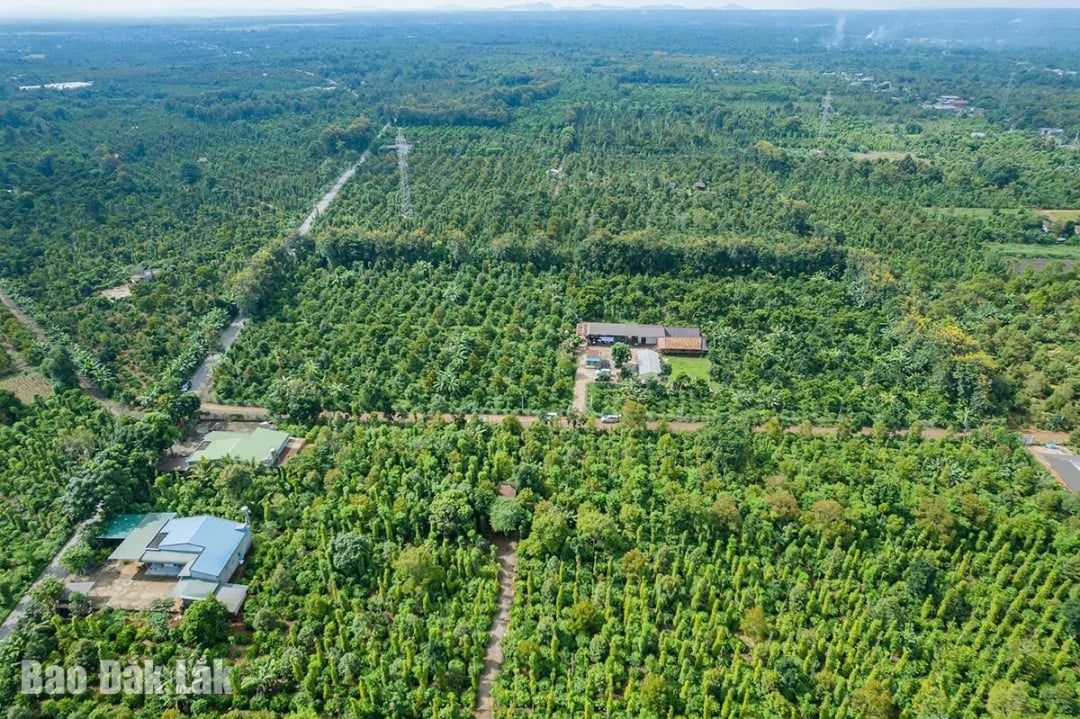 |
| Landscape coffee growing area meets EUDR regulations of Cu Sue 2-9 Sustainable Agriculture Cooperative (Quang Phu commune). |
For the coffee and rubber industry, EUDR is a big challenge but also an opportunity to restructure the coffee industry in a sustainable and professional direction. To meet the requirements of EUDR, partners in the supply chain and businesses need to stick to the growing areas, produce sustainably certified coffee, build digital maps, and trace the origin to each farmer.
Source: https://baodaklak.vn/tin-noi-bat/202510/go-kho-cho-nong-san-xuat-khau-6ee0a44/







![[Photo] Solemn opening of the 1st Government Party Congress](https://vphoto.vietnam.vn/thumb/1200x675/vietnam/resource/IMAGE/2025/10/13/1760337945186_ndo_br_img-0787-jpg.webp)
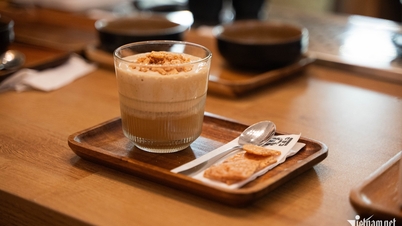

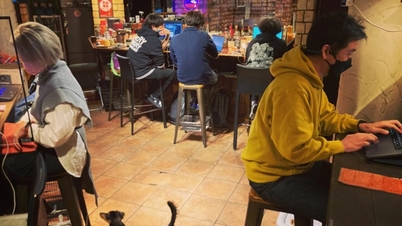





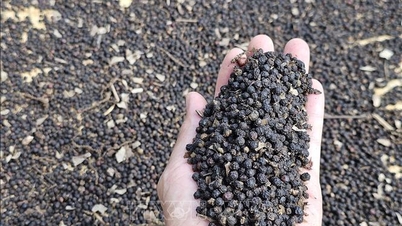




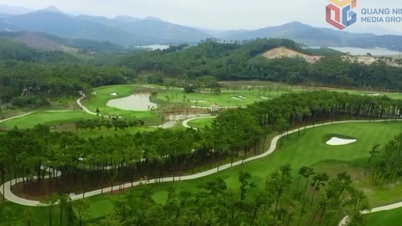

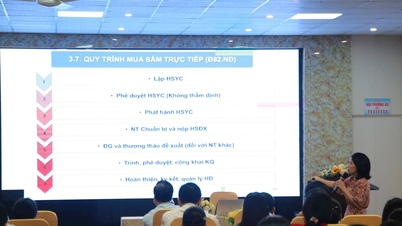

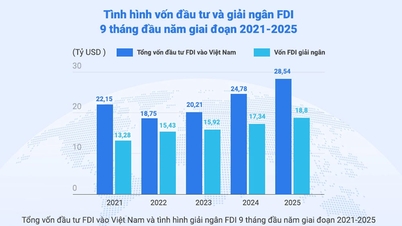



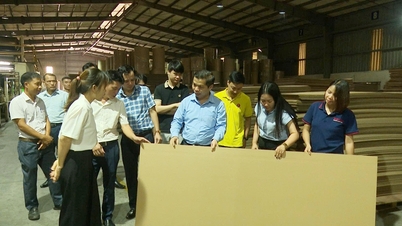





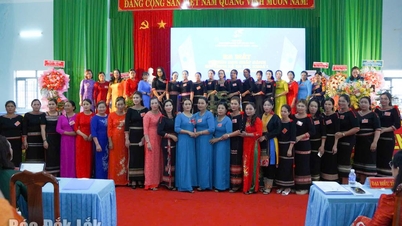
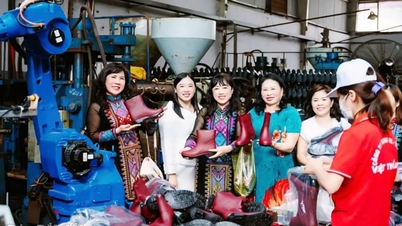
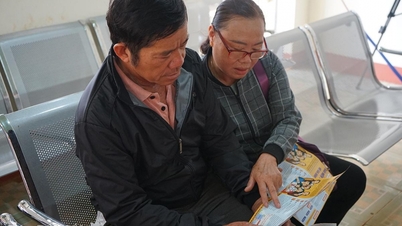


![[Photo] General Secretary To Lam attends the opening of the 1st Government Party Congress](https://vphoto.vietnam.vn/thumb/1200x675/vietnam/resource/IMAGE/2025/10/13/1760321055249_ndo_br_cover-9284-jpg.webp)


























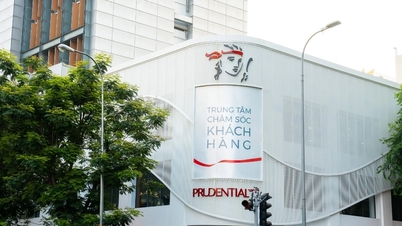
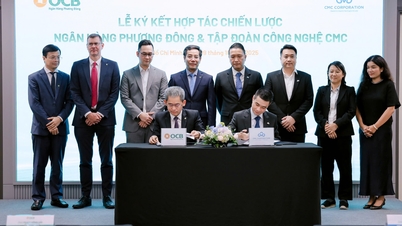



















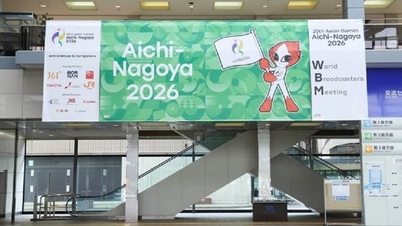



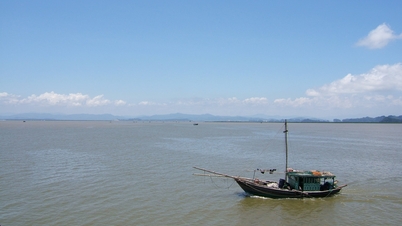

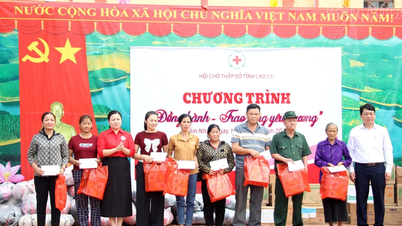
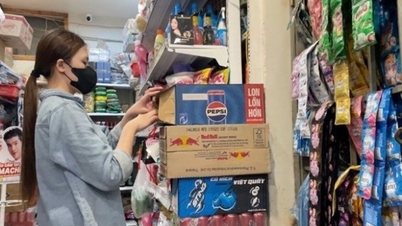












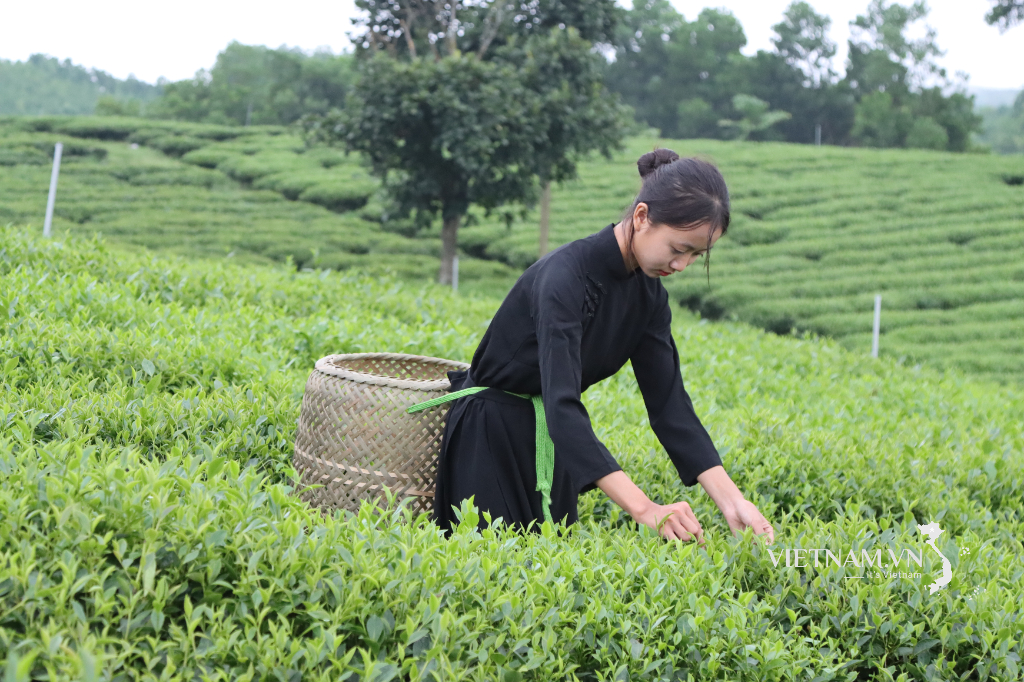


Comment (0)